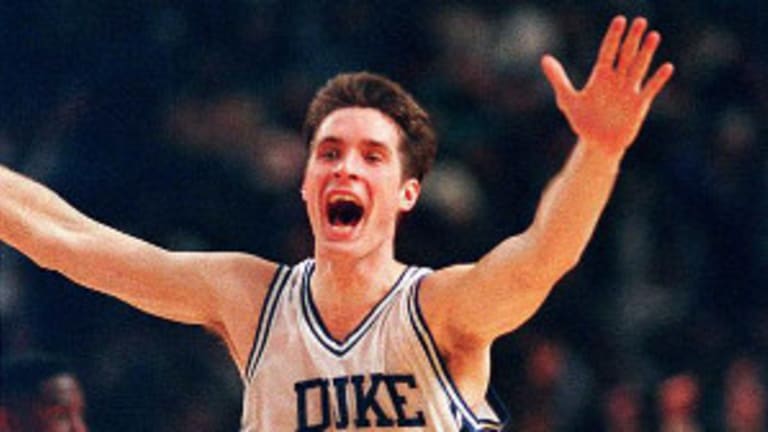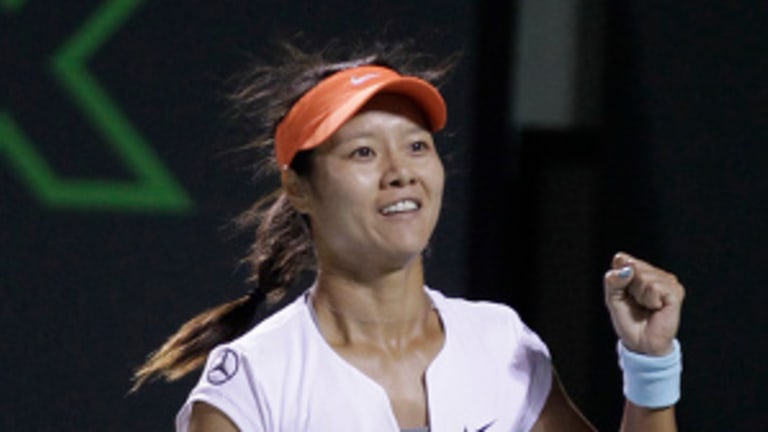For those of us who follow tennis and other sports in the U.S., March is the month when we get the most practice with our TV remote controls. We spend the better part of three weeks flicking back and forth between broadcasts of the NCAA college-basketball tournament, and the big tennis events in Indian Wells and Miami. These days, the NCAAs are played during Miami; once upon a time, they happened two weeks earlier, during Indian Wells. One of the pleasurable challenges of working in the press room there was trying to concentrate on a tennis match on one monitor, while keeping an eye on a basketball game on another nearby. The effort, of course, was mostly futile. As you scribbled some useless tidbit about a double fault, a shout would go up from a group of people who were crowded around a screen in the next row, watching hoops. You had obviously missed the buzzer beater.
To fans in the States, the NCAA tournament, which determines the Division I national champions in basketball, is known as March Madness. To the players, it’s known as the Big Dance. I can’t say that tennis’ version quite measures up to those classics of sloganeering hype. As fun as Indian Wells is, the word “madness” doesn’t come to mind when I walk the grounds there—unless an occasional senior moment qualifies. And as important as these tournaments are, most would agree that if tennis has a Big Dance, it still takes place at the All England Club in the summer.
But there are similarities. In the 1960s, tennis was a last bastion of amateurism. Looking back, it’s difficult to grasp that as late as 1968, the winner of the U.S. Open, Arthur Ashe, received $280 in expense money, which he used to make a monthly payment on his Ford Mustang. Yet today, college football and basketball players are still playing for scholarship and expense money, even as they help bring in millions for their universities. If you’ve been following the news in the U.S., you know that this week, for the first time, athletes at a college were deemed to be employees, and thus theoretically allowed to unionize. Perhaps in the years ahead, collegiate athletes will look to the struggle of tennis players in the 1960s and 70s for inspiration.
At a less serious level, I’ve always been amazed at the capacity of both tennis and college basketball to generate hate. It’s no coincidence that in 2011, the NCAA tournament inspired an article in Slate entitled, “Teams We Hate: Duke, Akron, and Five More Odious Schools in the NCAA Tournament." That was followed last year by Grantland's “*The Most Hated College Basketball Players of All Time.*” The latter was written as a bracket, with seeds, and voted on by readers. If you know anything about college hoops, you know who the winner was. Even my mom, when I asked her to guess the champion, immediately said, “Oh, it has to be Christian Laettner.”

